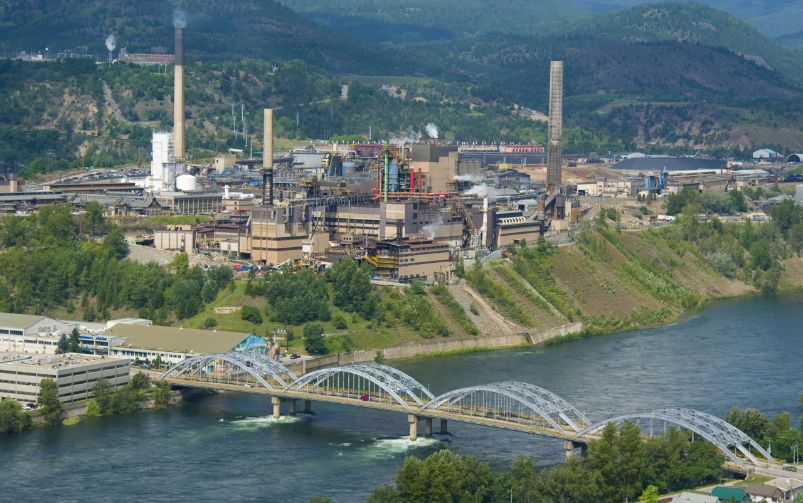Scandium, one of the seven rare earth elements (REEs) impacted by China’s recent export restrictions, is among the few REEs that Canada has the capacity to produce. Courtesy of Stanford Advanced Metals.
In response to U.S. President Donald Trump's recent tariffs, China imposed export restrictions on rare earth elements (REEs) on April 4, impacting all countries. This move has left U.S.-based manufacturers racing to secure fresh supplies of REEs, which are in high demand for defence, electric vehicles, energy and electronics sectors.
After multiple tariff escalations between the U.S. and China, the Trump administration shared on April 9 that it would impose 125 per cent tariffs on Chinese imports, hours after China imposed 84 per cent tariffs on U.S. imports, along with the restrictions on REEs.
China, which accounts for 70 per cent of the world’s mined production of REEs and 87 per cent of global refined REE production, has placed controls on seven categories of rare earths, including samarium, gadolinium, terbium, dysprosium, lutetium, scandium and yttrium-related items. The restrictions include mined minerals, permanent magnets and other finished products.
The move comes several months after China introduced an export ban on antimony, gallium and germanium to the U.S. in December 2024. According to Reuters, while the U.S. government has access to stockpiles of several REEs, they are insufficient to meet the long-term needs of its defence contractors.
For several of the REEs impacted by these new restrictions, the U.S. has possible alternative sources available, with Canada standing out as a key supplier. According to Natural Resources Canada, while the country is not yet a commercial producer of rare earth elements, it is home to several advanced exploration projects, some of which are targeting the production of samarium, scandium, terbium and dysprosium.
Canada holds some of the world's largest measured and indicated reserves and resources of REEs, estimated at over 15.2 million tonnes of rare earth oxide in 2023. Given these significant REE reserves and resources, Canada is well-positioned to potentially become a key supplier of these materials.
For example, Rio Tinto Fer et Titane produces some scandium at its titanium plant in Sorel-Tracy, Quebec. Although the site currently operates as a commercial demonstration plant and has yet to scale up production, the company estimates that, once operating at full capacity, it could produce up to three tonnes of scandium oxide annually, representing approximately 20 per cent of the global market.
Aside from Rio Tinto’s demonstration plant, Canada hosts a handful of early-stage rare earths projects. Geomega Resources is in the process of developing a rare earth recycling demonstration plant, located in Saint-Bruno-de-Montarville, Quebec, which will produce several REEs from magnet waste, including dysprosium and terbium. Additionally, the Saskatchewan Research Council’s rare earth processing facility in Saskatoon has the ability to process samarium and neodymium. The SRC is currently the first and only facility in North America to produce REEs at a commercial scale.
Some junior mining companies are also working to advance several REE projects across Canada, though the majority face long development timelines—often spanning several years—due to the need to demonstrate economic viability, secure offtake agreements and raise capital.
One such company, Montreal-based Torngat Metals Ltd., is developing the Strange Lake project in the remote Nunavik region of northern Quebec. The site hosts deposits of dysprosium and terbium, with the company planning to complete prefeasibility and feasibility studies by year-end and begin production by 2028.




